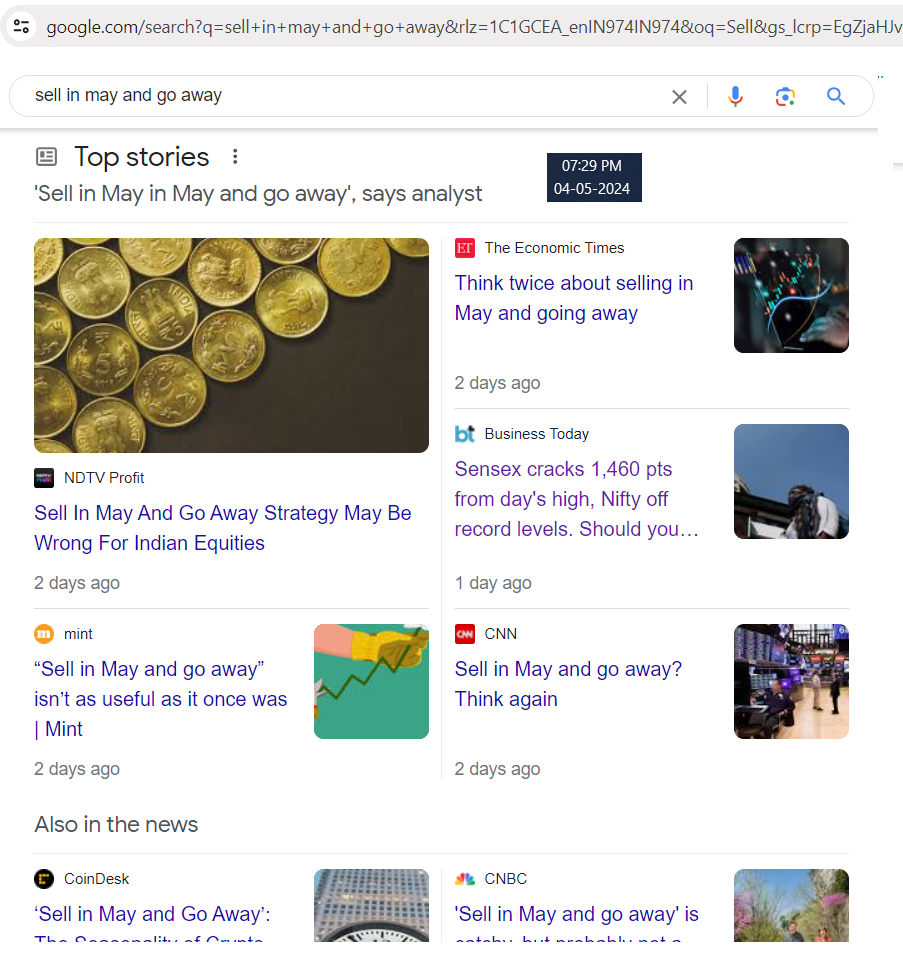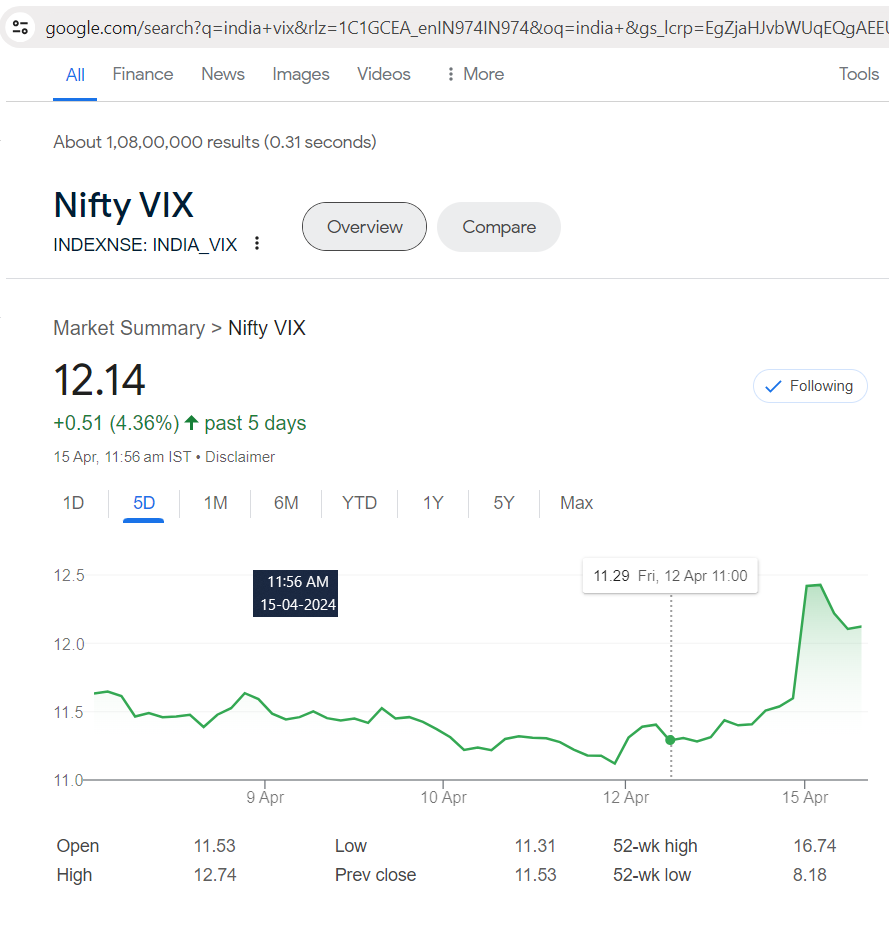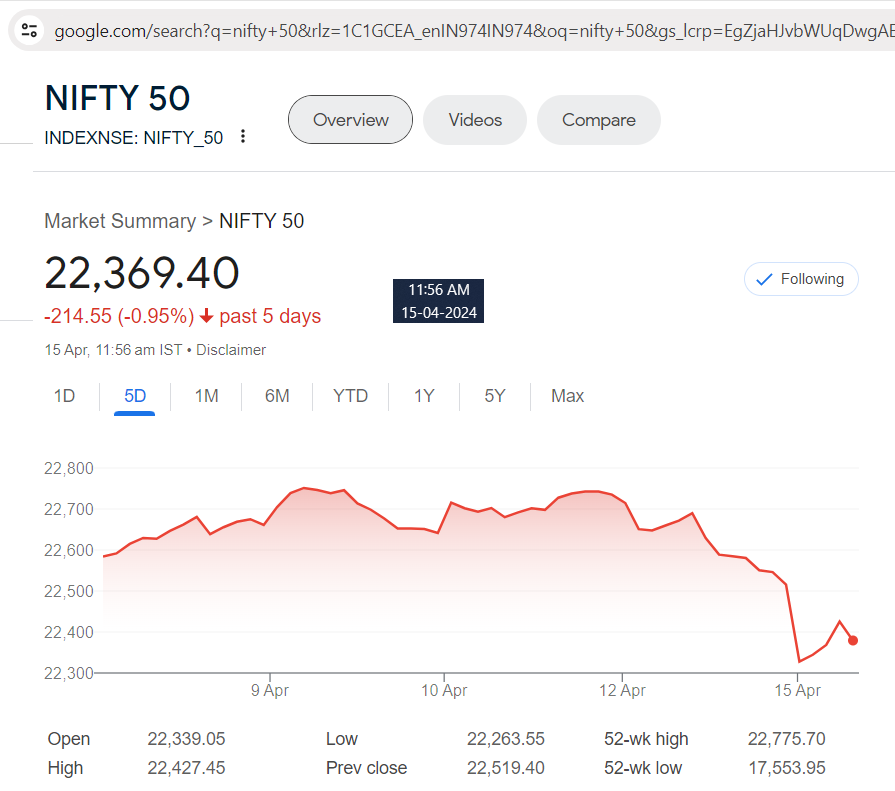The Volume Weighted Average Price (VWAP) is an average price of a stock or asset for a specific period with calculations considering the volume traded at various prices.
Volume-weighted average price (VWAP) is a technical indicator that shows the average price of a financial asset based on its volume and price. It’s calculated by dividing the value of a security by the total volume of transactions during a trading session, and then adjusting the result in real time until the session ends. VWAP is often used in intraday charts, where time frames are set on a minute, second, or hourly basis.
In short, it considers the volume of the stock at different prices to be an indicator or a good price for intraday trading.
It is said that this indicator combines the three most important ingredients of a stock chart, which are price, volume, and time.
The traditional VWAP is calculated over that trading day – starting at the beginning of the day or session.
It is also known as the session VWAP or daily VWAP.
The VWAP originated in 1988 as a way for institutional investors to benchmark the prices they received for their purchases.
Did they end up buying the asset better or worse than the average price – or, in this case, the volume-weighted average price?
VWAP has been adopted by many traders as a technical indicator for entries and exits.
VWAP has been adopted by many traders as a technical indicator for entries and exits. Nowadays even algos are made to trade with VWAP data.
Which Traders use VWAP?
Mostly intraday traders use it in equities, forex and commodities.
TIP: Stock market trading is risky anyway so by trading commodities you are increasing the risk many fold.
Why?
Commodities change their prices too soon, too often and aimlessly. Commodities trading is 100% fluke trading. When you are trading stocks at least you know the fundamentals of the company, the profit and loss, debt, balance sheet etc. However, in Commodities, you have ZERO idea of what will happen in future.
I am not in favour of commodities being traded in stock markets at all – but I am not in the government so the only thing I can do is never trade commodities. I have given you a reason why you shouldn’t trade commodities. Now it is up to you to take my advice seriously or not.
The VWAP is used by many day traders (in equities, forex, or futures) on shorter intraday time frames.
Using VWAP To Determine Bullish Or Bearish
For most traders, if the price is above VWAP, there is bullish sentiment and if the price is below VWAP, there is bearish sentiment in the markets. So if the price is above VWAP – they will buy the stock and if the price is below VWAP – they will short the stock.
Day or short-term traders both follow the above rule.
What do longer time frame investors do?
Longer time frames mean 3 to 6 months. These investors are looking for 10-18% returns. These investors along with the above rule on VWAP also look at the 200-day moving average to determine whether to buy or sell.
TIP: Moving averages of 100 or 200 days are in my experience a very good indicator to guess the stock’s future move at least for the short term (2-3 months).
Moving averages are more common than the VWAP method. Moving averages are far more simple to understand and easy to calculate. Nowadays there are many websites/apps available which calculate some basic technical analysis of companies including moving averages. You can use them to make a trading decision.
Slope Of The VWAP
The slope of the VWAP line is important. If it is sloping up, the average price is increasing. If it is sloping down from left to right, then the price is generally moving lower. If the VWAP is horizontal, price action is choppy and generally moves sideways.
Horizontal VWAP is very difficult to trade because it does not give any idea of buying or shorting.
Some traders may take a mean reverting trade (contradictory trade) – this is exactly the opposite of the trade idea written above.
This is the mean reverting trade – if the price is above VWAP traders think that with time the stock price will revert to VWAP – therefore they are short. Similarly, if the price is below VWAP – traders think that with time the stock price will revert to VWAP – therefore they buy.
Using VWAP As Support And Resistance
Like major moving averages, the VWAP can sometimes act as support and resistance.
A trader waiting for trades to go long would have found good entries when the price pulled back to VWAP, which acted as support; then, put stops below VWAP.
Frequently Asked Question
Q – Who invented the VWAP?
A – It is believed to have been invented by mathematician Paul Levine.
Q – Why is VWAP more popular than moving average?
A – The typical moving average (such as the 50-period moving average or the 200-period moving average) does not consider volume. The VWAP uses volume, meaning that every stock share has a vote in determining the VWAP value.
Q – Do institutional trading algorithms use the VWAP?
A – Yes, a good percentage of them do.
Q – How is VWMA different from VWAP?
A – Volume-weighted moving average (VWMA) fundamentally differs from volume-weighted average price (VWAP). While VWMA does incorporate the volume of shares into its calculation, it is still more like the traditional moving average, such that the oldest data is dropped when new data comes in.
VWAP is different in that it never drops off any data once it starts picking up data from its anchor point. It is a cumulative average price instead of a rolling average price.
If you have any questions, please leave a comment below.
Disclaimer: The information above is for educational purposes only and should not be treated as investment advice. Any reader interested in this strategy should do their research and seek advice from an authorized financial advisor.










 Testimonial by a Technical Analyst an Expert Trader - Results may vary for users
Testimonial by a Technical Analyst an Expert Trader - Results may vary for users
 60% Profit Using Just Strategy 1 In A Financial Year – Results may vary for users
60% Profit Using Just Strategy 1 In A Financial Year – Results may vary for users

 Testimonial by Housewife Trader - Results may vary for users
Testimonial by Housewife Trader - Results may vary for users